MARSOC: A guide to becoming an elite Marine Raider
- By Stavros Atlamazoglou
Share This Article
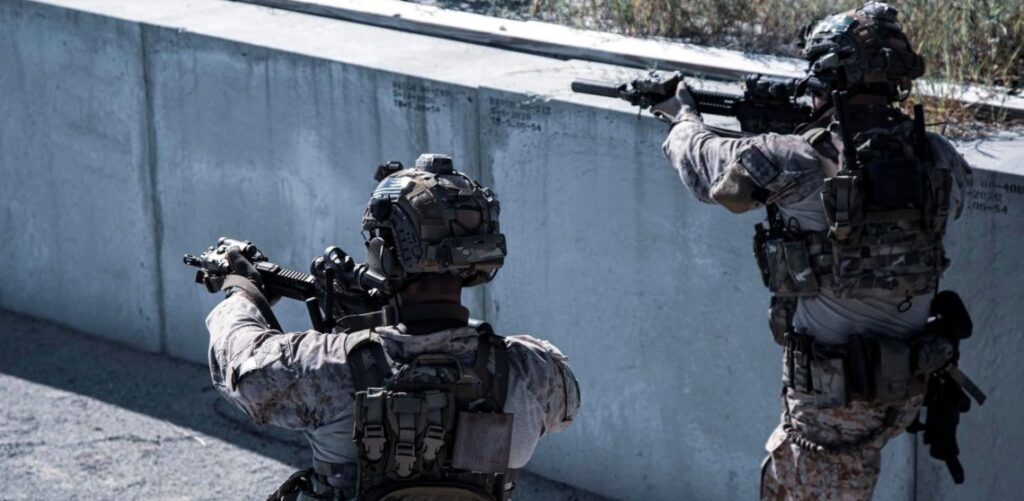
Editor’s Note: This article was sponsored by the Marine Corps Special Operations Command (MARSOC) and contains content developed in collaboration with their team.
Marine Forces Special Operations Command (MARSOC) is the Marine Corps’ special operations component of the U.S. special operations community.
The organization is comprised of the Marine Raider Regiment, Marine Raider Support Group, and Marine Raider Training Center.
MARSOC was activated on February 24, 2006, as the Marine Corps’ contribution to the U.S. Special Operations Command (SOCOM). The history behind MARSOC’s creation is full of all the pride and stubbornness that has characterized the Marine Corps since the beginning.
Although established in the early 2000s, MARSOC has a rich lineage stretching back to the Second World War and the Marine Raiders and Alamo Scouts who conducted special operations against the Imperial Japanese forces in the Pacific theater of operations.
Today’s Marine Raiders specialize in direct action, special reconnaissance, foreign internal defense, unconventional warfare, and counterterrorism.
MARSOC is born
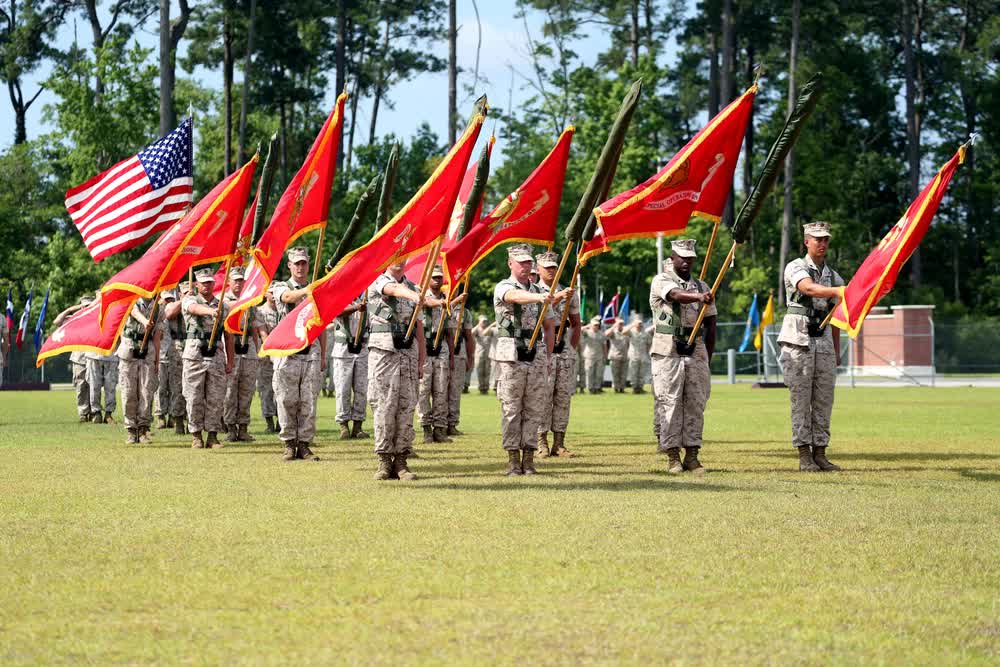
When the rest of the U.S. military branches started creating their special operations commands in the wake of Operation Eagle Claw, the failed attempt to rescue the American hostages from Tehran, Iran in 1980, the Marine Corps refused to follow suit.
The rationale was that every Marine is special, so there is no need to create a dedicated special operations unit. To be sure, there were some commando units in the Marine Corps, for example, Marine Recon and Force Recon, but they were used for more restricted purposes and essentially as specialized infantry rather than special operators.
But the terrorist attacks of September 11, 2001, changed everything. The Department of Defense quickly saw that this would be a low-intensity war well suited for special operations forces. As a result, the U.S. military would need as many special operators as it could have. And this time around, every branch would participate.
In the closing months of 2002, the Marine Corps finally relented, under pressure from the then-Secretary of Defense Donald Rumsfeld, who has a big proponent of special operations. They created the Marine Corps Special Operations Command Detachment (Det One) as an experimental unit to determine if the branch should have a dedicated special operations organization and if the organization could be incorporated into SOCOM.
The Marine Corps may have only acquiesced to the creation of Det One in an effort to stall the process and prevent SOCOM from taking any Marines, but Det One deployed to Iraq soon after the invasion in 2003 and quickly made a name for itself. As a result, the Marine Corps created MARSOC.
Related: Who are the Marine Raiders?
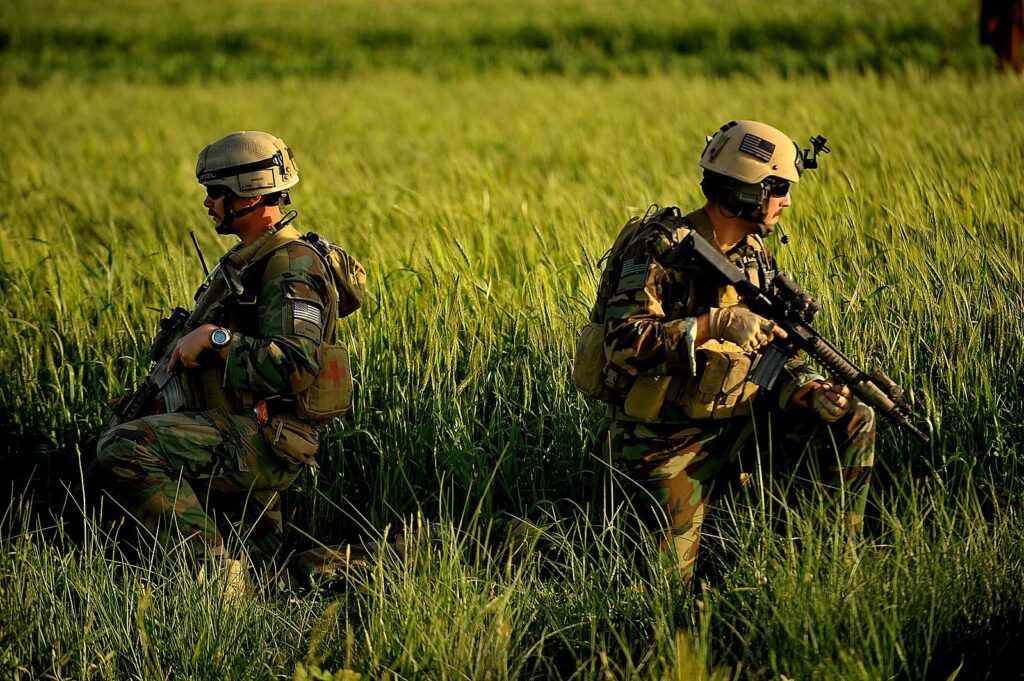
To man the new organization, the Marine Corps disbanded the 1st and 2nd Force Recon Battalions, redistributing most of their operators to the newly activated 1st and 2nd Marine Special Operations Battalions.
According to retired Marine Raider Major Fred Galvin, MARSOC initially started out with a unique organizational structure and capabilities that no other special operations unit in the U.S. military had. Neither the Army Special Operations Command (USASOC) nor the Naval Special Warfare Command (NSW) had similar capabilities and structure. To be sure, special operators from several units, including the Navy SEAL Teams and Delta Force, helped MARSOC stand up.
“Those specifically were a Task Force organization with a 45 Marine & Corpsmen Direct Action and Special Reconnaissance Platoon, a 42 Marine & Corpsmen Security Platoon, and a Headquarters Platoon with significant full spectrum intelligence capabilities,” Galvin told Sandboxx News.
These direct action, special reconnaissance, and infantry security capabilities gave MARSOC a very robust structure that not even the tier 1 special missions units had. For example, a Delta Force squadron would rely on a Ranger platoon to cordon an objective and provide security; similarly, a Naval Special Warfare Development Group—the unit formerly known as SEAL Team 6—assault force would rely on Rangers to provide security on a mission. But MARSOC achieved both within the organization, thus forgoing the need to outsource capabilities.
Related: Inside the secretive Joint Special Operations Command
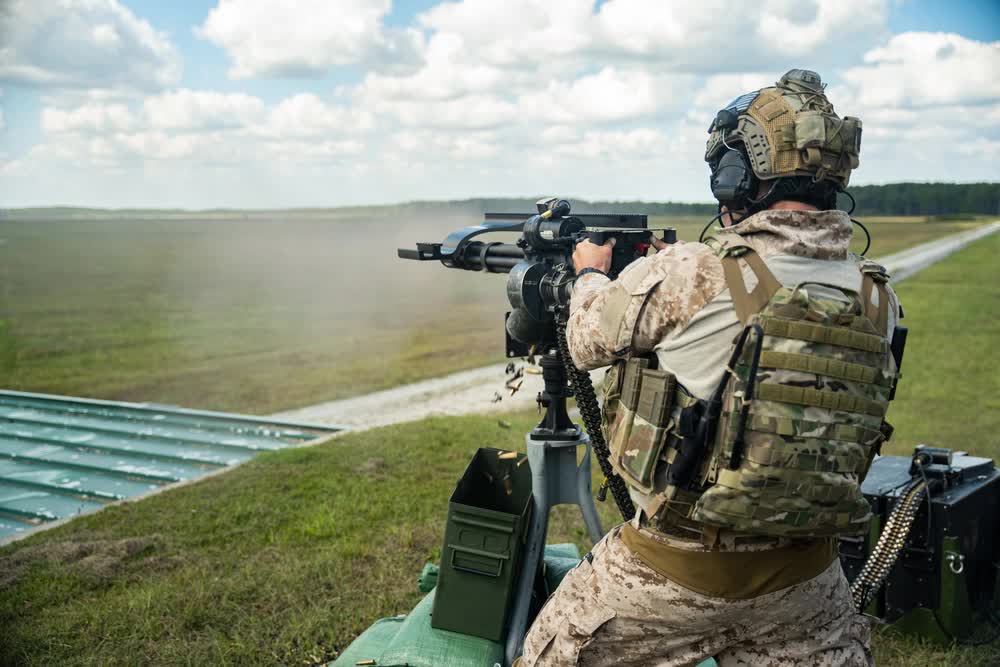
Galvin is the author of “A Few Bad Men,” a non-fiction account of the first Marine Special Operations combat deployment to Afghanistan and how they overcame attacks from all sides. It is an inspiring story with something for everyone who is seeking to overcome impossible odds and optimize their performance.
The organization kept growing, and a third Marine Special Operations Battalion was activated as the Global War on Terror went on. MARSOC kept getting more capable, adding logistical and joint warfare capabilities.
“In 2008 MARSOC divested of the Marine Infantry Security Platoons (which in my opinion reduced organic capabilities) and on a positive aspect, MARSOC listened to the recommendation made from Fox Company’s first deployment and added a significant logistical and administrative support staff that provide tremendous advantages enabling the Marine Special Operations deployable elements to sustain themselves and focus on their mission,” Galvin told Sandboxx News.
“Additionally, MARSOC accepted the recommendations from our initial MARSOC deployment and invested in Joint Special Operations courses to enhance MARSOC’s organic intelligence and communication abilities as well as expanding their capabilities through integration, training and relationships with other Joint Special Operations Forces, conventional forces and Space, Cyber, Electronic Warfare, Psychological Operations and Civil Affairs organizations which previously MARSOC didn’t have at their inception,” Galvin added.
As a result, today MARSOC has better and more diverse combat capabilities with more assets across the spectrum of warfare to provide Marine Raiders on the ground with better support.
Related: Green Berets versus Marine Raiders
Joining MARSOC
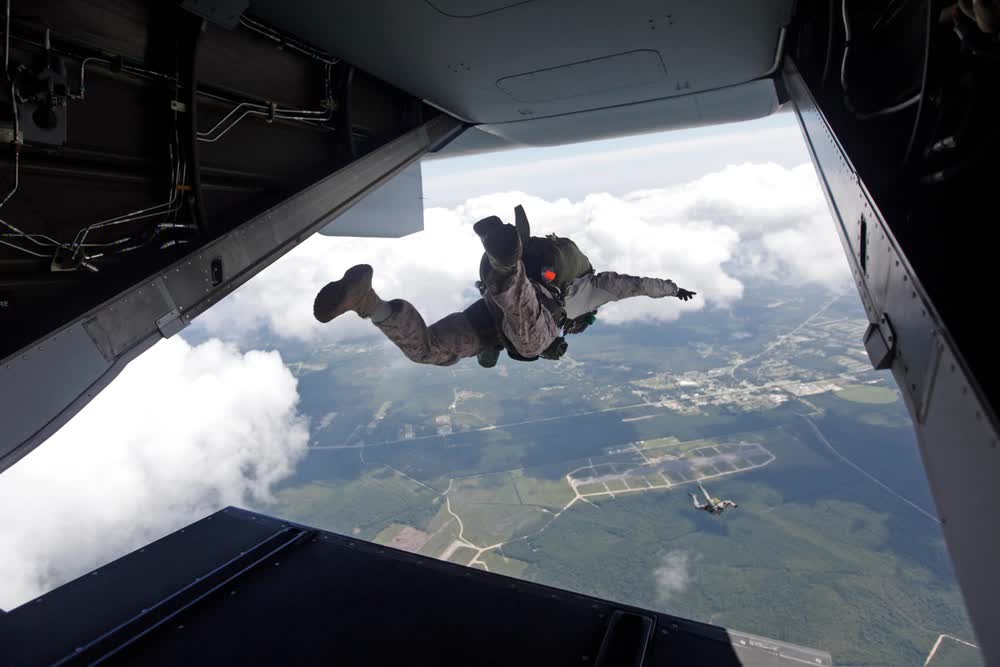
To become a Marine Raider, one must first enlist in the Marine Corps. Unlike other branches that allow citizens off the street to try out for a special operations unit, the Marine Corps requires one to serve in a conventional Marine unit before applying to MARSOC.
A Marine can enter MARSOC in two operational roles: Special Operations Officer (SOO), the Marine Raider officers, and Critical Skills Operator (CSO), the Marine Raider enlisted. Depending on which path one chooses, the requirements change. MARSOC also has some direct support and logistical positions.
To become a Special Operations Officer, a Marine must meet the following requirements:
- Be eligible to obtain and maintain a secret clearance
- Have a minimum GT/GCT score of 110
- Have a minimum PFT of 235
- Be able to pass the MARSOC swim assessment
- Meet the MARSOC medical screening criteria.
- Have no more than 24 months time in grade (TIG) as a captain (O-3) upon attending the Individual Training Course (ITC)
- Make a lateral move to the special operations officer MOS upon selection
The requirements for the Critical Skills Operator are the following:
- Be eligible to obtain and maintain a secret clearance
- Have a minimum GT score of 105
- Have a minimum PFT of 235
- Have no more than two NJPs on current enlistment
- Be able to pass the MARSOC swim assessment
- Be eligible to reenlist
- Meet the MARSOC medical screening criteria.
- Have no more than 18 months time in grade (TIG) as a sergeant (E-5) upon attending the Individual Training Course (ITC)
- Make a lateral move to the critical skills operator MOS upon selection
These are only the requirements to try for a spot in MARSOC and don’t guarantee that one would become a Marine Raider. Indeed, meeting these requirements is the easy part. Success in what follows next determines who becomes one of the few Marine Raiders.
Related: Explaining the diverse mission set of MARSOC’s commandos
The Marine Raider pipeline
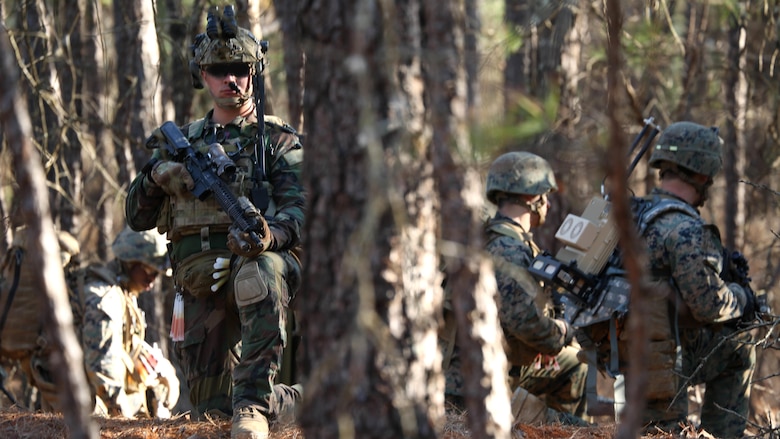
Once a Marine has received a slot, then real selection begins. The pipeline to becoming a Marine Raider is broken into two parts. Assessment & Selection (A&S) and the Individual Training Course (ITC).
Assessment and Selection, which runs three times a year in North Carolina, is further broken down into two phases.
Phase One lasts three weeks and pushes candidates to their physical and mental limits to weed out those who aren’t physically prepared or mentally committed. Candidates are evaluated on the following criteria:
- Personal fitness test
- Abandon ship drill
- 300-meter swim
- 11-minute water tread
- 12-mile ruck in set amount of time
- Physical in-test
Phase Two of Assessment & Selection pushes the candidates to their absolute physical, mental, and emotional limits while evaluating their ability to work in a team. During this phase, the Marine Raider cadre will determine if a candidate’s attributes are compatible with MARSOC’s mission and esprit de corps.
“The MARSOC A&S is challenging to many as the candidates are uncertain of what will happen next on the schedule, how they are being evaluated, what the standards of performance are, and if they will be injured and be capable of enduring the rest of A&S. The instructor Cadre are extremely professional and stoic which leaves mystery in the minds of candidates of how much the candidates are enduring and how simple and effortlessly the Cadre describe the next task to be executed,” Galvin said.
Historically, Assessment and Selection has had an attrition rate of 46 percent. Those who manage to pass both phases graduate to the Individual Training Course.
“MARSOC seeks mature, responsible, moral leaders who are capable and strategic problem solvers. The ideal candidate can anticipate and resolve multiple dilemmas before they impact the mission,” Galvin added.
Lasting seven months, the Individual Training Course is broken into four phases that seek to train those who have the necessary physical, mental, and intellectual attributes and make them Marine Raiders. The phases are designed to build on each other as the course progresses.
Phase One goes over basic field skills, including Survival, Evasion, Resistance, and Escape (SERE) and Tactical Combat Casualty Care (TCCC). Candidates also master basic communications.
Phase Two focuses on tactical skills. Candidates go over mission planning, patrolling, fire support training, small boat operations and scout swimming, and heavy infantry weapons. Candidates also master photography and intelligence gathering. Two exercises, Operation Raider Spirit and Operation Stingray Fury, respectively evaluate the patrolling and small unit tactics and urban and rural reconnaissance skills of the candidates.
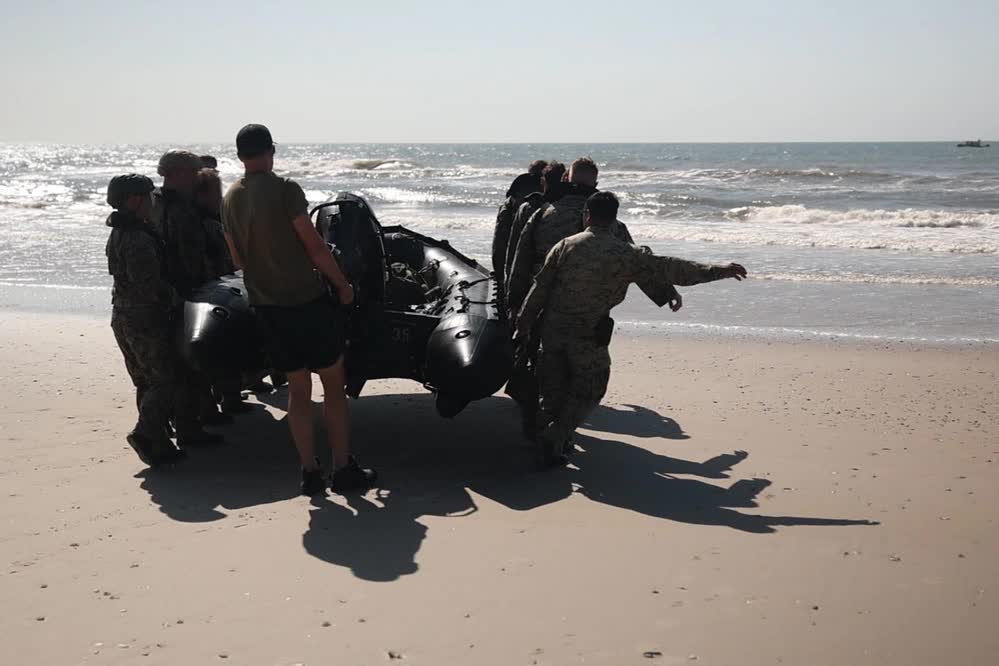
Phase Three teaches close-quarters battle, marksmanship, urban warfare, and demolitions. Candidates will spend hours upon hours shooting guns and drilling procedures. The phase ends with an exercise, Operation Guile Strike, that simulates direct action missions against urban and rural targets.
Phase Four is where the candidates learn the dark arts of irregular warfare through a realistic exercise called “Derna Bridge.” Similar to “Robin Sage,” the culminating exercise Army Special Forces students go through, in Derna Bridge the candidates work with a fictional partner force for several weeks and complete progressively more difficult tasks.
“A&S is tough on many as each student has spent significant time and effort in preparation, and the psychological impact of highly regarded candidates dropping can easily demoralize other candidates, especially their friends in their A&S class,” Galvin added.
Throughout the Individual Training Course, candidates continue to refine their physical stamina and endurance. The course has an attrition rate of 28 percent.
“The best preparation is not only physical but through conditioning the mind and the body to endure significant shock and endure extremely stressful events in preparation of dealing with unavailable setbacks and losses. Some of the seemingly most fit candidates often don’t make it because they prepared in an environment where physical injuries and psychological hurdles were not included in their regime and as they are injected those candidates swiftly become demoralized which can be much more impactful than other physical injuries,” the retired Marine Raider said.
Marine Raiders can attend several special operations courses, including Advanced Linguist Course (ALC), MARSOF Advanced Sniper Course (MASC), Hostile Forces Tagging Tracking Location (HFTTL) course, Joint Terminal Attack Controller (JTAC) course, Unmanned Aircraft System (UAS) Operator course, Tactical Acquisition Exploitation course, MARSOF Close Quarters Battle Level course.
Upon graduation, the new Marine Raiders are assigned to a Raider battalion and join a team in its pre-deployment workup.
Read more from Sandboxx News
Related Posts
Sandboxx News Merch
-

‘AirPower’ Classic Hoodie
$46.00 – $48.00Price range: $46.00 through $48.00 Select options This product has multiple variants. The options may be chosen on the product page -

‘Sandboxx News’ Trucker Cap
$27.00 Select options This product has multiple variants. The options may be chosen on the product page -
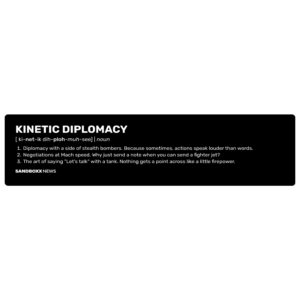
‘Kinetic Diplomacy’ Bumper Sticker (Black)
$8.00 Add to cart
Stavros Atlamazoglou
Greek Army veteran (National service with 575th Marines Battalion and Army HQ). Johns Hopkins University. You will usually find him on the top of a mountain admiring the view and wondering how he got there.
Related to: Special Operations
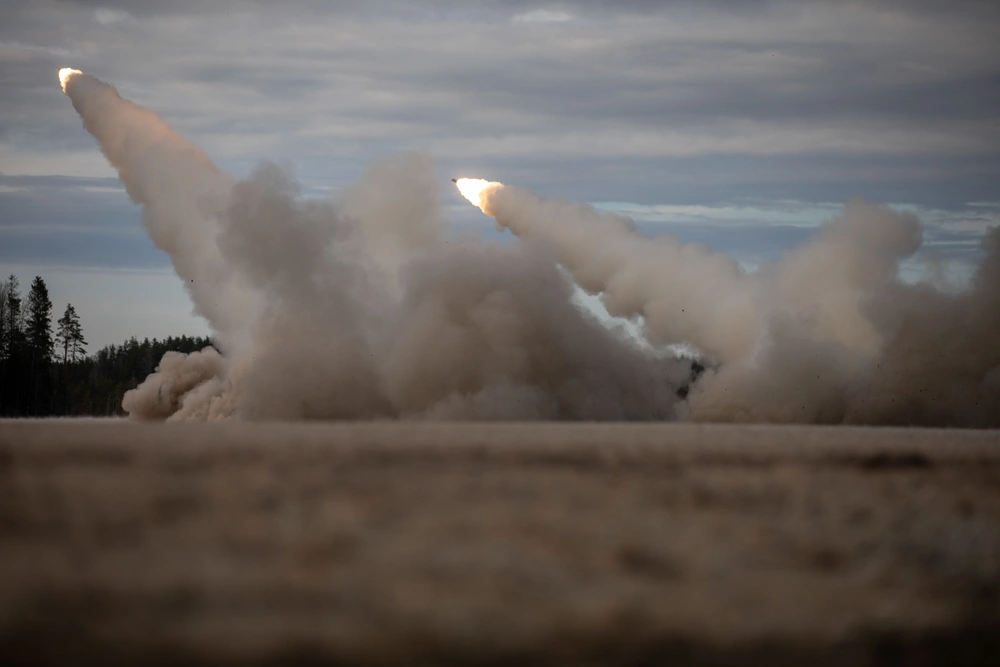
These are all of the US military’s surface-launched precision munitions
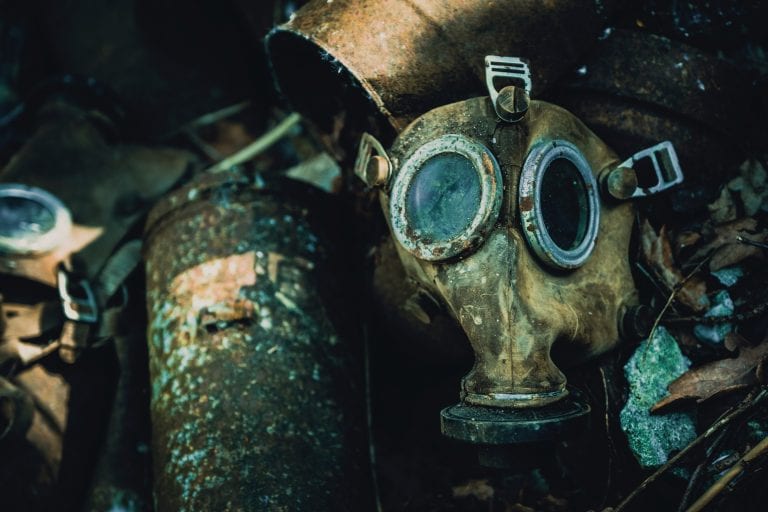
Japan planned to launch biological attacks on California with submarine-borne planes
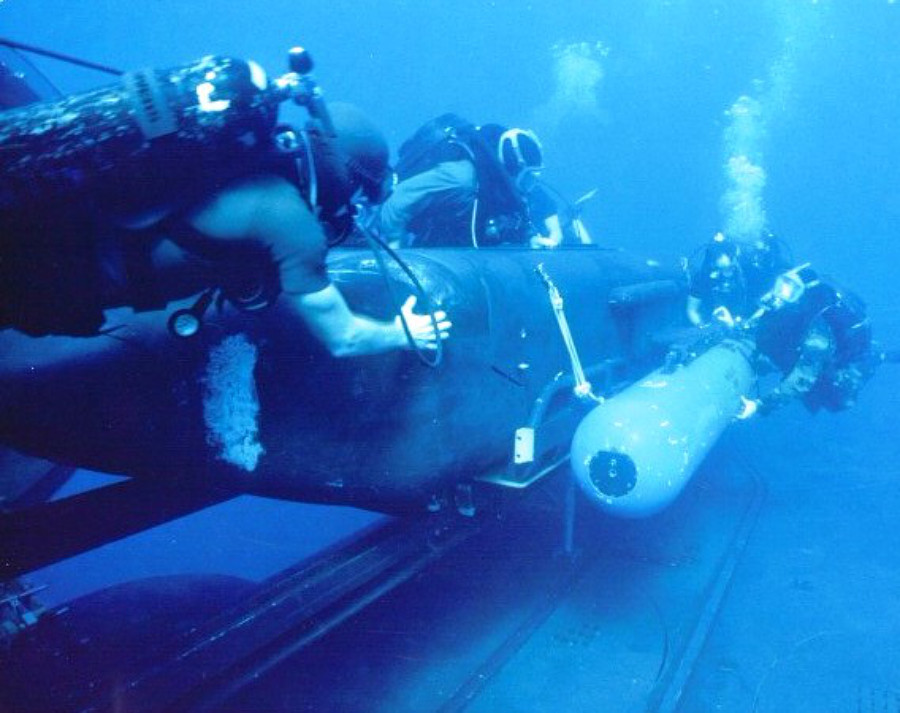
Mark 9 SDV: The SEALs’ mini-sub that packed full-sized torpedoes
Sandboxx News
-

‘Sandboxx News’ Trucker Cap
$27.00 Select options This product has multiple variants. The options may be chosen on the product page -

‘AirPower’ Classic Hoodie
$46.00 – $48.00Price range: $46.00 through $48.00 Select options This product has multiple variants. The options may be chosen on the product page -

‘AirPower’ Golf Rope Hat
$31.00 Select options This product has multiple variants. The options may be chosen on the product page -

‘Sandboxx News’ Dad Hat
$27.00 Select options This product has multiple variants. The options may be chosen on the product page
